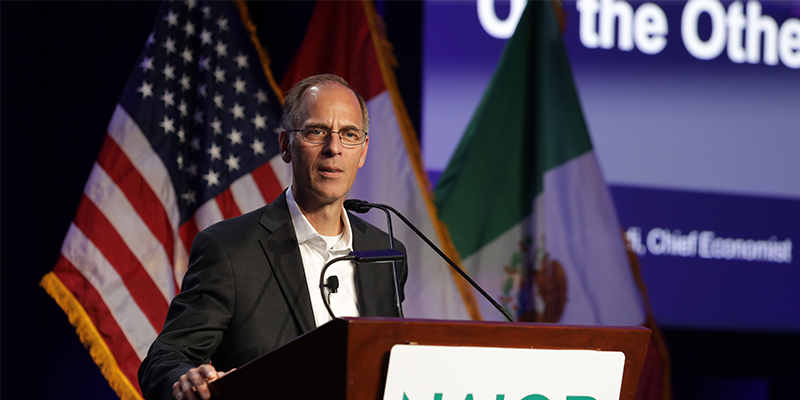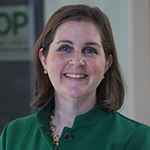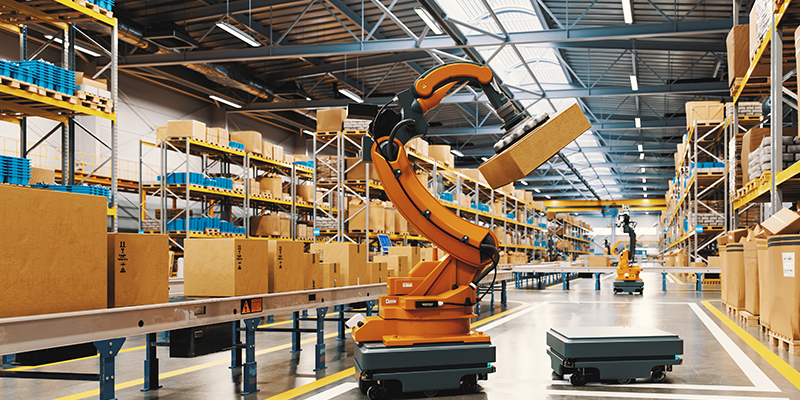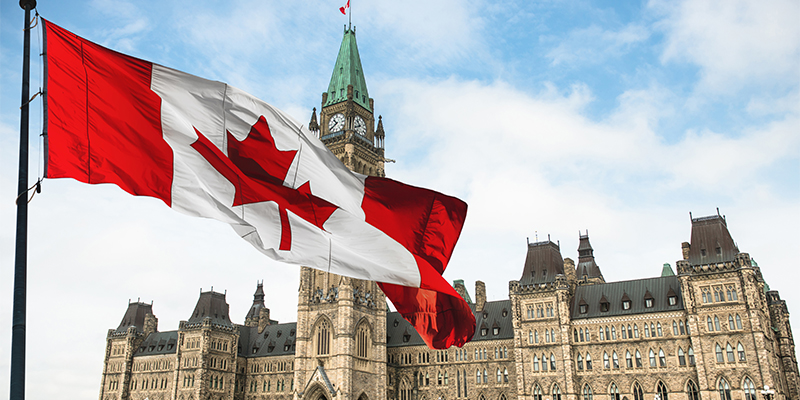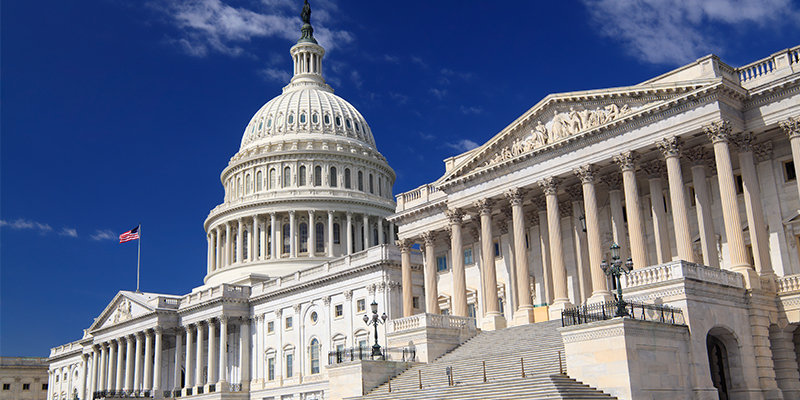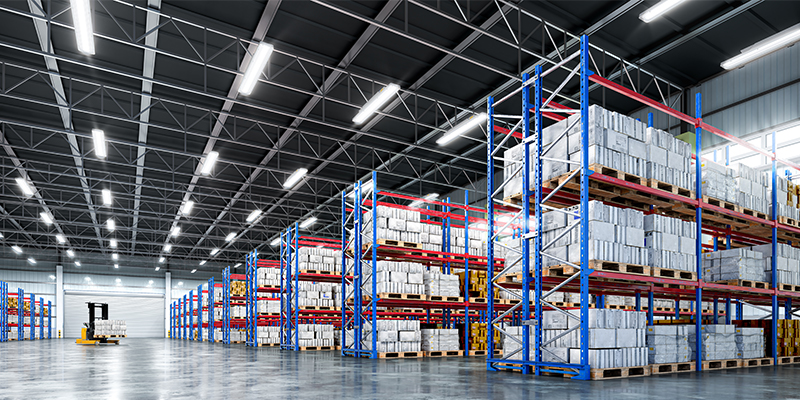By Kathryn Hamilton, CAE, NAIOP
“In 35 years as an economist, I’ve only seen uncertainty like this twice before: during the global financial crisis and in the middle of the pandemic,” said Moody’s Chief Economist Mark Zandi, addressing a full room at this week’s NAIOP National Forums Symposium in New Orleans. “These are highly uncertain times.”
Zandi laid out a sobering overview of today’s economic climate, citing a mix of volatile forces shaping the outlook: proposed Department of Government Efficiency cuts, shifting immigration policy, a widening trade deficit, the pending reconciliation bill – and above all, tariffs.
When President Donald Trump took office in January 2025, the effective tariff rate stood at 2.5%. If his proposed trade policies are fully enacted, that figure could climb to 15%, Zandi warned – a level not seen since the 1930s.
Even without additional floated tariffs (including one on the movie industry), the economic implications are clear. According to Zandi, every 1% increase in tariffs pushes inflation up by 10 basis points the following year, and that same increase knocks gross domestic product down by nearly a full basis point.
A 15% effective tariff rate would raise inflation by nearly a full percentage point – not enough to trigger a recession outright, but enough to soften the economy significantly.
Zandi pushed back on the notion that tariffs achieve quick economic wins. Moving manufacturing back to the U.S., he explained, is a years-long process with limited interest from global producers. Meanwhile, consumers and businesses absorb the brunt of higher costs – and most plan to pass those costs along to customers.
For everyday Americans, especially lower-income households, this adds pressure to already strained finances. Credit card and student loan delinquencies are rising, and most consumers lack the cushion of long-term investments like home equity or stock portfolios.
“Tariffs are effectively a tax on working families,” Zandi said. “And they’re already struggling.”
Zandi pointed to one particularly troubling metric: consumer confidence. According to The Conference Board, a drop of more than 20 points in a three-month period has historically preceded a recession within six months. As of April, confidence had fallen 19.3 points – just shy of that threshold.
Despite the bleak forecast, Zandi sees signs that the administration is listening. Retailers are voicing concerns, and the president is beginning to respond. The most likely scenario, Zandi said, is gradual de-escalation, with the United States-Mexico-Canada Agreement likely to be renewed this fall and tariffs leveling off around 8%.
“It won’t be ideal – but we’ll get through it,” he said.
Zandi expects the Federal Reserve to hold interest rates steady through the summer, potentially lowering them by fall if uncertainty lingers. A fiscal package – including a debt ceiling increase – is likely later this year, but its economic impact will be modest. Still, risks remain, most notably in the fragile bond market and the potential for rising long-term interest rates.
Will the administration change course? Zandi believes it will – but possibly only when forced to by a crisis.
“Winston Churchill once said, ‘Americans can always be trusted to do the right thing – once all other possibilities have been exhausted,’” he quoted. “That feels especially true right now.”

